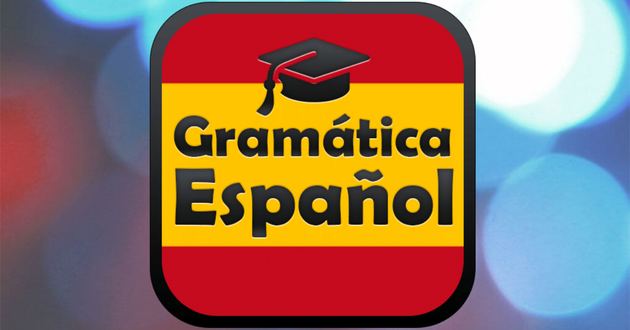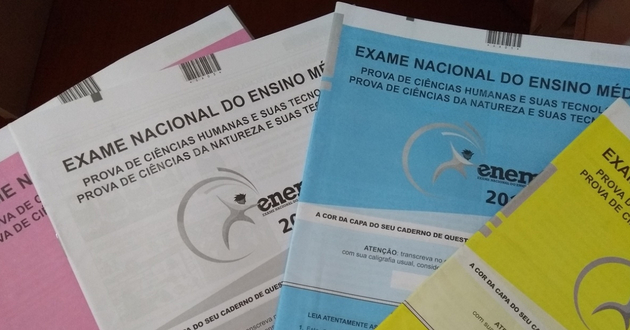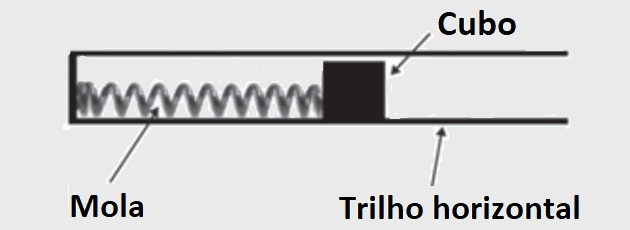The Enem Spanish test consists of 5 questions that are part of Languages, Codes and their Technologies.
These questions are designed to assess the participants' knowledge of text interpretation and linguistic structures.
1. Practice interpreting texts
The main focus of Enem's foreign language tests is the text interpretation.
Don't worry about knowing the meaning of each of the words used, but rather on understanding the expressed message; the idea presented.
The questions are asked based on a variety of text types, which can range from news from newspapers and magazines to comics, poetry and advertisements.
Remember: the more you practice reading, the better!

To help you in this mission, we have separated a series of websites used as text sources from the questions of previous Enem exams.
It is worth checking!
- News: El País, La Nación, Diario Jaén, Andina; Magazine Ñ (Clarín), Page 12.
- Blog: Unlucky
- cartoon: All from Carton.
- Sciences: National Geographic (in Spanish), Sync.
- Literature: Virtual Cervantes.
- Social action: X solidarity.
2. apply reading techniques
You don't have to be fluent in Spanish to take a good test. With dedication, study and some reading skills, it is possible to have a great performance! Check out the tips:

- Read the title and subtitle (if any): read both pieces of information carefully as this can help you get a sense of context in relation to the topic that will be presented.
- Check the text font: through this information you can be able to identify the type of text of the question. In previous tests, poems, magazine/newspaper articles, advertisements, cartoons, etc. were used.
- Watch the image carefully (if any): Pay attention to all elements of the image: objects, background and facial expressions, for example. Maybe the answer you're looking for isn't there.
- Check out the question and answer alternatives: the first thing you should do, before you even start reading the text, is to read the question's statement and understand the answer alternatives. Solving the exercise will be made easier this way, as you will already have an idea of what kind of information to look for in the text.
3. enrich your vocabulary
Although it is not necessary to know the meaning of word by word when reading a text, it must be recognized that the better your vocabulary skills, the more successful your reading and comprehension will be. Exercises.
Not sure how to understand more words? Simple! How about creating your own glossary?
You can buy a notebook exclusively for this purpose and from then on, write down words in Spanish that you don't know and the respective translation on the side.

In addition to isolated words, some idioms can also be registered, for example.
Toda Materia suggests that you sort the information alphabetically. To do this, just separate a certain number of sheets for each letter of the alphabet.
This will make it easier to look up the words when needed.
This glossary can be read from time to time so that you can internalize the words you wrote down.
See the contents below to improve your knowledge of Spanish vocabulary.
- 20 most used verbs in Spanish
- months of the year in spanish
- Hours in Spanish
- Weekdays in Spanish
- Numbers in Spanish
4. Review the grammar
Although the basis of the test is the interpretation of texts in Spanish, it is very important that the participants present a minimum knowledge of Spanish grammar.

See some points that deserve to be highlighted.
Use of neutral article it: as there is no equivalent in Portuguese, it is very common for participants to have some difficulty in understanding the use of this article.
Lo is used to noun adjectives, adverbs and participles, to refer to abstract realities (so good, so big).
Example:
The best is to come. (The best is yet to come.)
Use of reflexive verbs: in Spanish, the reflexive pronoun if it can be placed before the verb inflected or agglutinated to the verb when it is in the infinitive, gerund or imperative.
Examples:
Ellos decided to fall. (They decided to stay.)
Ellos decided to leave. (They decided to stay.)
This is a verbal structure that does not exist in the Portuguese language and, therefore, many participants feel lost for not being able to establish a correspondence with their own language.
Verb tenses: it is important for the participant to understand when a certain tense is used, and also to know how to recognize their respective inflections.
Thus, it is possible to place the discourse of the text, utterance and response alternatives in time.
Examples:
My friends have arrived early. (My friends arrived early.)
My friends come early. (My friends will arrive early.)
When reading the examples above, it is necessary to have some knowledge about the verb tenses in Spanish to understand that, although similar, the sentences speak of different moments: the first, in the Past tense Perfecto Simple, indicates a past moment and the second, in the Simple Future, indicates a future moment.
Check out the links below and start studying Spanish grammar today:
- Spanish language grammar
- Spanish verbs
- Apocope
- adverbs in spanish
- Definite and indefinite articles in Spanish
- adjectives in spanish
- Spanish prepositions
- nouns in spanish
- a lot and a lot
5. be careful with false friends
What seems to make it easier to understand the Spanish language can actually become a big headache: the similarity between languages.
Participants who do not have much knowledge of either English or Spanish tend to choose Spanish as a foreign language option.
Sometimes, they are led by the false idea that “it is easier to understand because it is the same as Portuguese”.
Stay alert!

In fact these languages have in common many words that are written and pronounced the same way. However, sometimes the meaning is different depending on the language.
Example:
Guitar: Spanish word that in Portuguese means guitar.
Another example of this is the word mouse, which in Portuguese is a rodent animal and in Spanish it is what we call Mouse (from the computer.)
Be sure to read the texts below to complement your studies:
- False Cognates in Spanish (False Friends)
- 10 Spanish expressions you need to know
6. Stay on top of news
Many of the texts that serve as the basis for the test questions are articles from newspapers and magazines.
It is very important that you are familiar with this type of text, as this can help you broaden your vocabulary range in relation to a particular subject.

If you are used to reading articles from Spanish newspapers/magazines about technology and this is the type of text chosen for a given question, you will certainly have easier reading and a greater ability to understanding.
Below is a list of news sites where you can stay informed in Spanish:
- the country
- bugle
- the nation
- El Universal
- El Tiempo
7. Train with previous tests
Now that you know what to do to succeed in the test, how about putting into practice all the tips from All Matter did you just read?

You can visit the website of INEP (National Institute of Educational Studies and Research Anísio Teixeira), who is responsible for the Enem test, and have access not only to all tests, but also to their respective templates.
Good luck!
Did you know?
Although it has been around since 2008, the Enem test began to test participants' knowledge of languages in 2010.
Since then, candidates can choose between English and Spanish.
Despite the fact that the teaching of English in Brazilian schools dates back a long time, many opt for Spanish. Some for not having knowledge of English, others for the proximity to the Portuguese language.
If you are preparing for Enem, check out our content made by experts:
- Enem: everything you need to know
- Enem study plan
- Simulated Enem (questions commented by experts)
- Enem questions
- Languages, Codes and Their Technologies
- Natural sciences and their technologies
- Human Sciences and its Technologies
- How to study for Enem
- How to do a good writing in Enem


